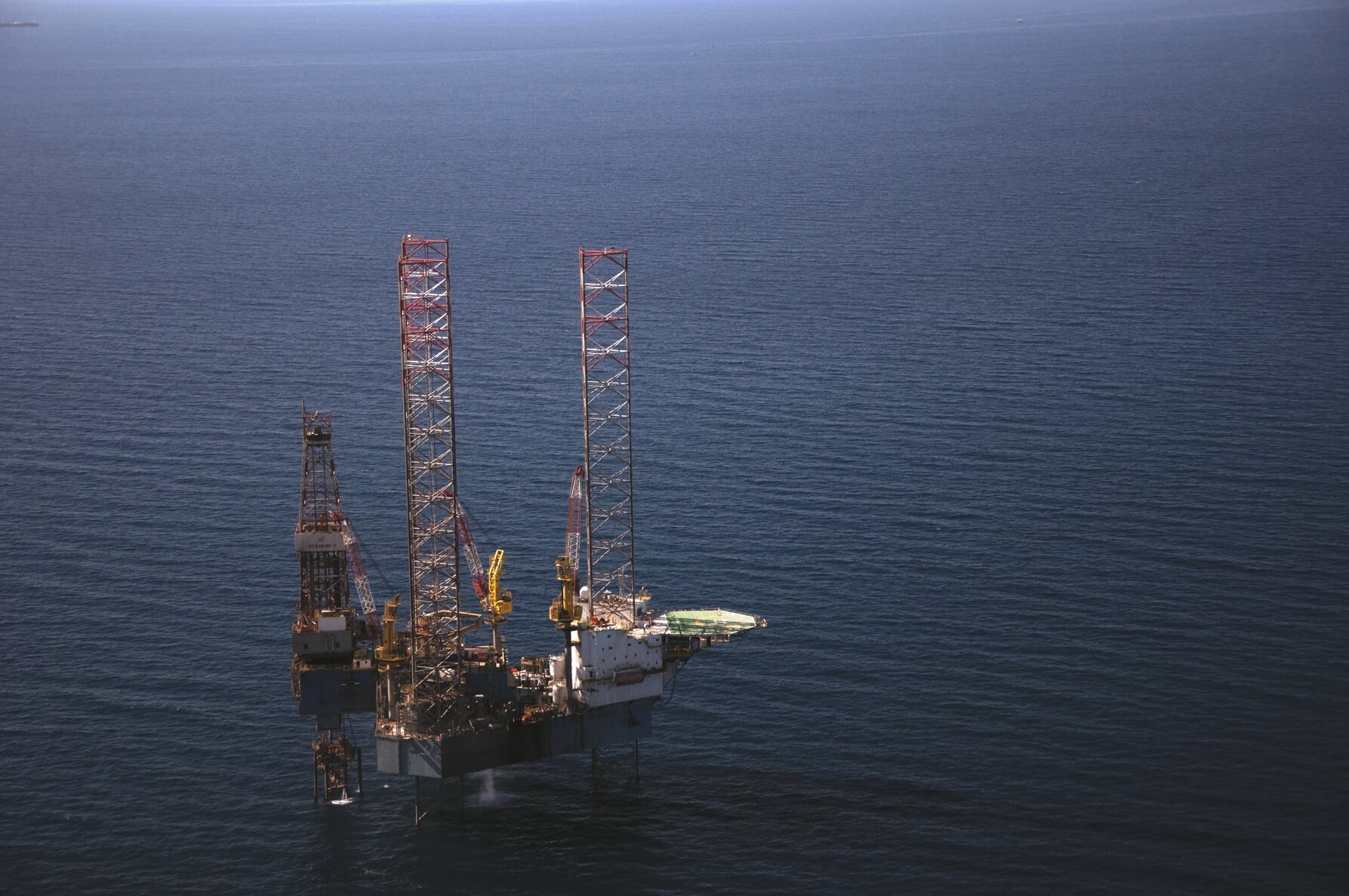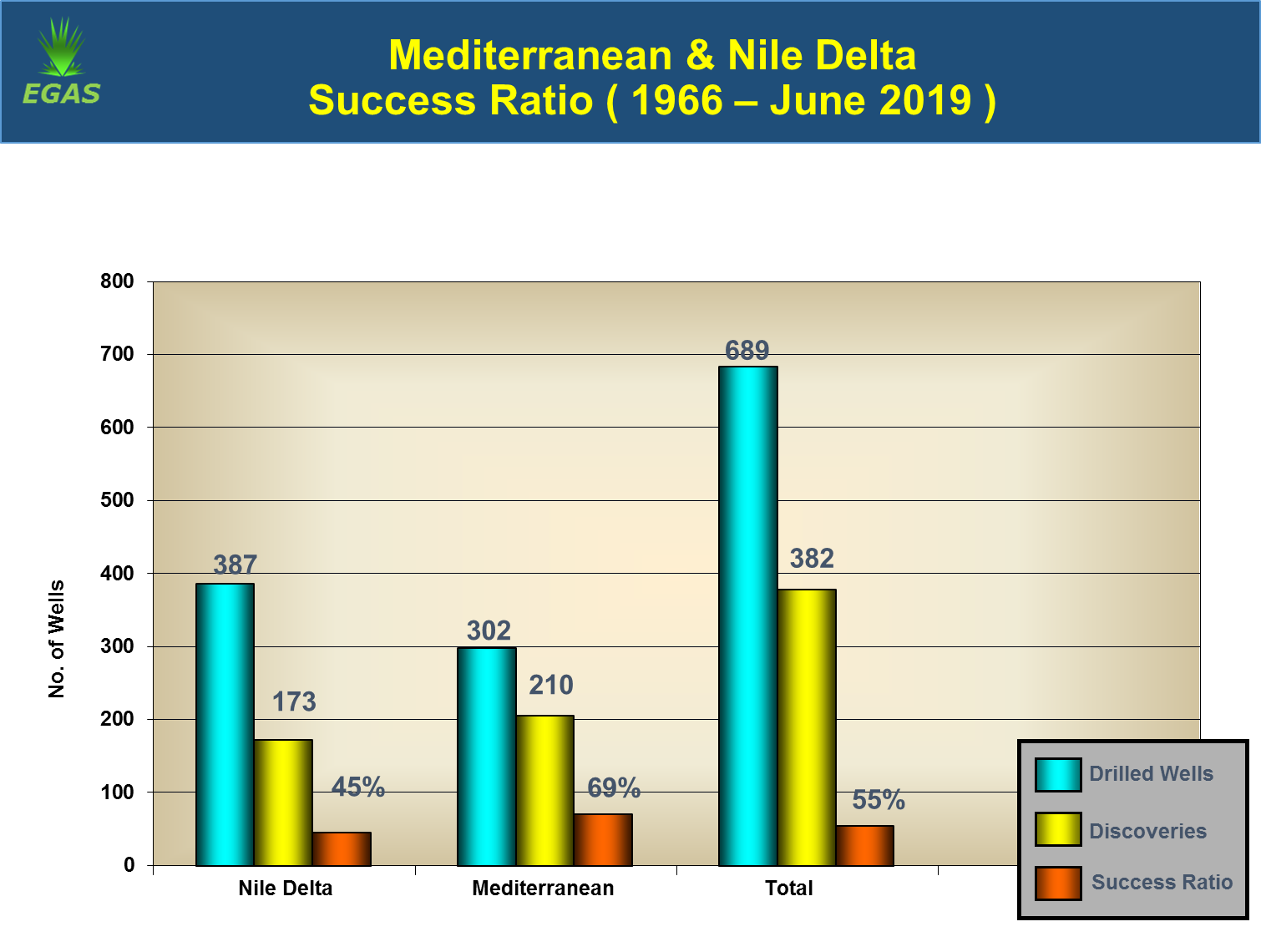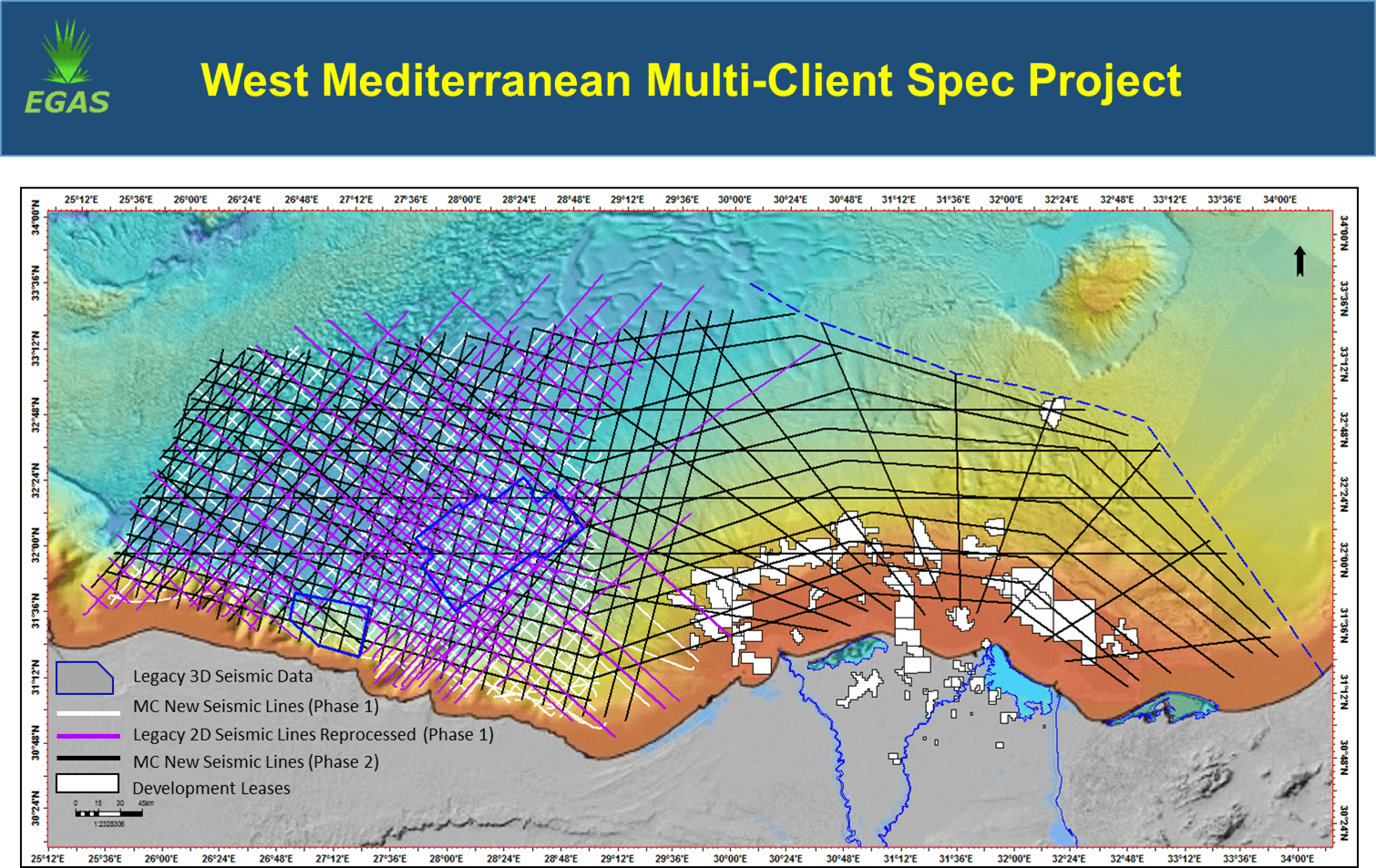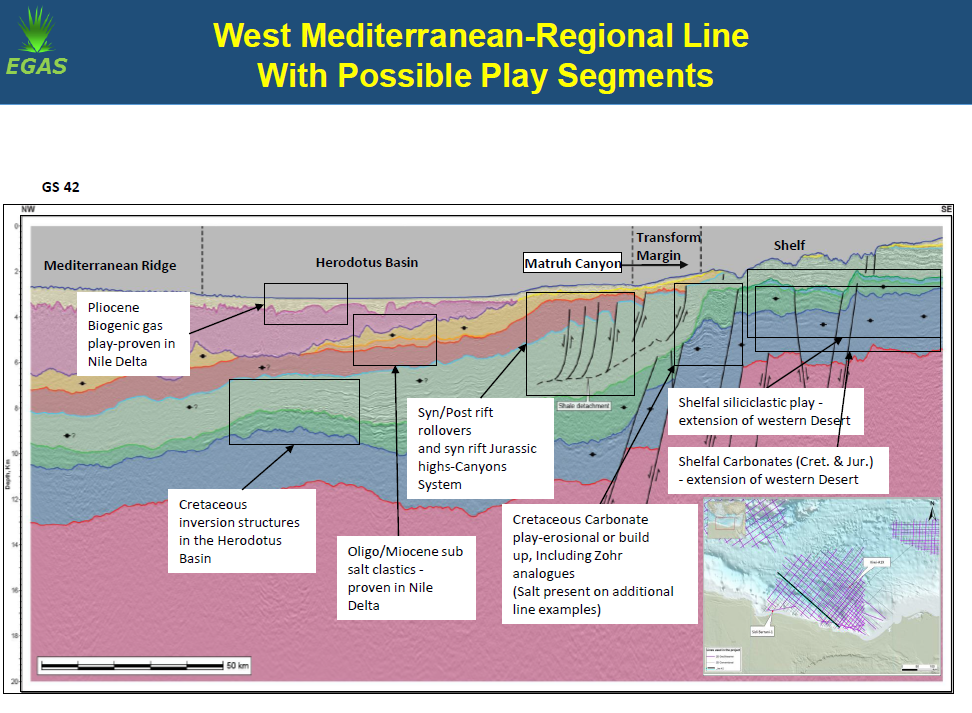

Exploration
Egypt is a mature oil & gas producer having long history in Hydrocarbon Exploration & Production for more than a century. However, the Mediterranean Sea, Nile Delta and North Sinai are still underexplored basins with anticipated large volumes of hydrocarbon resources especially within the Pre-Messinian deeper targets.
In the early sixties, exploration for gas was started in the Mediterranean, Nile Delta and Western Desert with major activities leading to the discovery of an outstanding number of gas fields. The first gas field (Abu Madi Field) was discovered onshore the northeastern portion of the Nile Delta Cone in 1967. This was followed, in 1969, by the discovery of the Abu Qir gas field offshore Mediterranean Sea, northeast of Alexandria city. The major Abu-Gharadig gas field was discovered in 1971 onshore the North Western Desert of Egypt. In 1975, Egypt started utilizing Natural Gas with the Abu Madi field put on production in 1978. At the early 1980’s, EGPC started to introduce new gas articles to the (by then) current and new concession agreements, in order to encourage prospecting for natural gas as well as for crude oil. The discovered gas potential of these fields, by that time, encouraged the spread of exploration activities onshore Nile Delta, offshore Mediterranean Sea (shallow water) and onshore Western Desert.

The Offshore Mediterranean Deep Water was initially explored in 1975, with the intensive campaign started in 1995. The exploration activities offshore Mediterranean and onshore Nile Delta, till present day, resulted in the acquisition of more than 177000 sq. km (156000 offshore + 21000 onshore) of 3D seismic data and 180000 line-km of 2D seismic lines as well as the drilling of 689 wells. Accordingly, more gas fields were discovered with substantial potential leading to the increase of Egypt’s gas reserves. The continuous growth of gas reserves is accomplished, mainly, by the intensive exploration campaigns and the extensive use of state-of-the-art technologies. Recently, the exploration activities are focused on the Pre-Messinian deep targets (Miocene, Oligocene & Cretaceous).

Recently, in 2015, the giant Zohr gas field was discovered by Eni through the drilling of the Zohr-1 well in the deep water of the Mediterranean Sea, some 160km to the NE of Port Said city. The field was classified as the world’s largest gas find during that year as it was estimated to host substantial in-place gas volumes of 30 Tcf. It was also considered as a new play opener with first time in Egypt to encounter gas-bearing reservoir in Cretaceous carbonate build-up.
Recent Exploration Activities (01 July. 2018 to 30 June. 2019)
The exploration activities during the period from 01 July 2018 to 30 June 2019 comprised the drilling of 8 exploration and appraisal wells in the Mediterranean Sea and Nile Delta with 100% success ratio, as well as the acquisition of a land 3D seismic survey over an area of 372 km2 onshore area of the Nile Delta and 16 line-km 2D Seismic and the acquisition of 2D seismic survey over an area of 100.6 line-km offshore area of the Mediterranean. Examples of the results of these activities comprise the discoveries of: Sea Dragon’s Ibn Yunis-1 gas discovery (onshore Nile Delta); Eni’s Nour-1 gas discovery (offshore Mediterranean) and Shell’s Swan East-1 gas discovery (offshore Mediterranean).
West Mediterranean Multi-Client Project (EGAS-PGS)
The West Mediterranean offshore Egypt constitutes some 40% by area of the total acreage under EGAS supervision. It comprises a totally frontier area with only two wells drilled by Wepco/BP (Sidi Barrani-1) and Statoil (Kiwi-1) in 1976 and 2010 respectively. This is in addition to some, near shore, conventional 2D seismic surveys and two regional 2D seismic surveys (VER99 & EG05) acquired by Veritas and TGS in the context of two multi-client projects in 1999 and 2005 respectively. Regarding 3D seismic data coverage, the West Mediterranean offshore includes only two 3D seismic surveys acquired by Statoil and OMV in 2007.
In year 2015, EGAS initiated a new multi-client project in partnership with PGS Company in the West Mediterranean offshore Egypt in order to encourage oil and gas companies to explore such frontier area. The main aim of the project was to provide to the industry: a new acquisition of leading edge broadband technology 2D and 3D seismic dataset; a new reprocessing for the existing legacy 2D and 3D seismic data; and an interpretation report with prospect/lead inventory in the area.
In the context of the ongoing West Mediterranean Multi-client Project, PGS has completed the acquisition of approximately 29250 line-km of 2D broadband seismic data over two phases, Phase I in year 2016 and Phase II in year 2018. Phase I 2D seismic data comprises 7350 line-km acquired in the West Mediterranean area; while Phase II 2D seismic data comprises a total of 21904 line-km acquired in West Mediterranean (13472 line-km) with tie lines (8432 line-km) extending in the East Mediterranean area. The data of Phase II is currently under processing and is planned to be delivered by September 2019.
The reprocessing of the existing legacy 2D (11000 line-km) and 3D (6000 km2) seismic data has also been completed.
The exploratory merits of the West Mediterranean offshore Egypt together with the mapped prospective features in the area are documented in PGS’ interpretation report available since October 2017.


